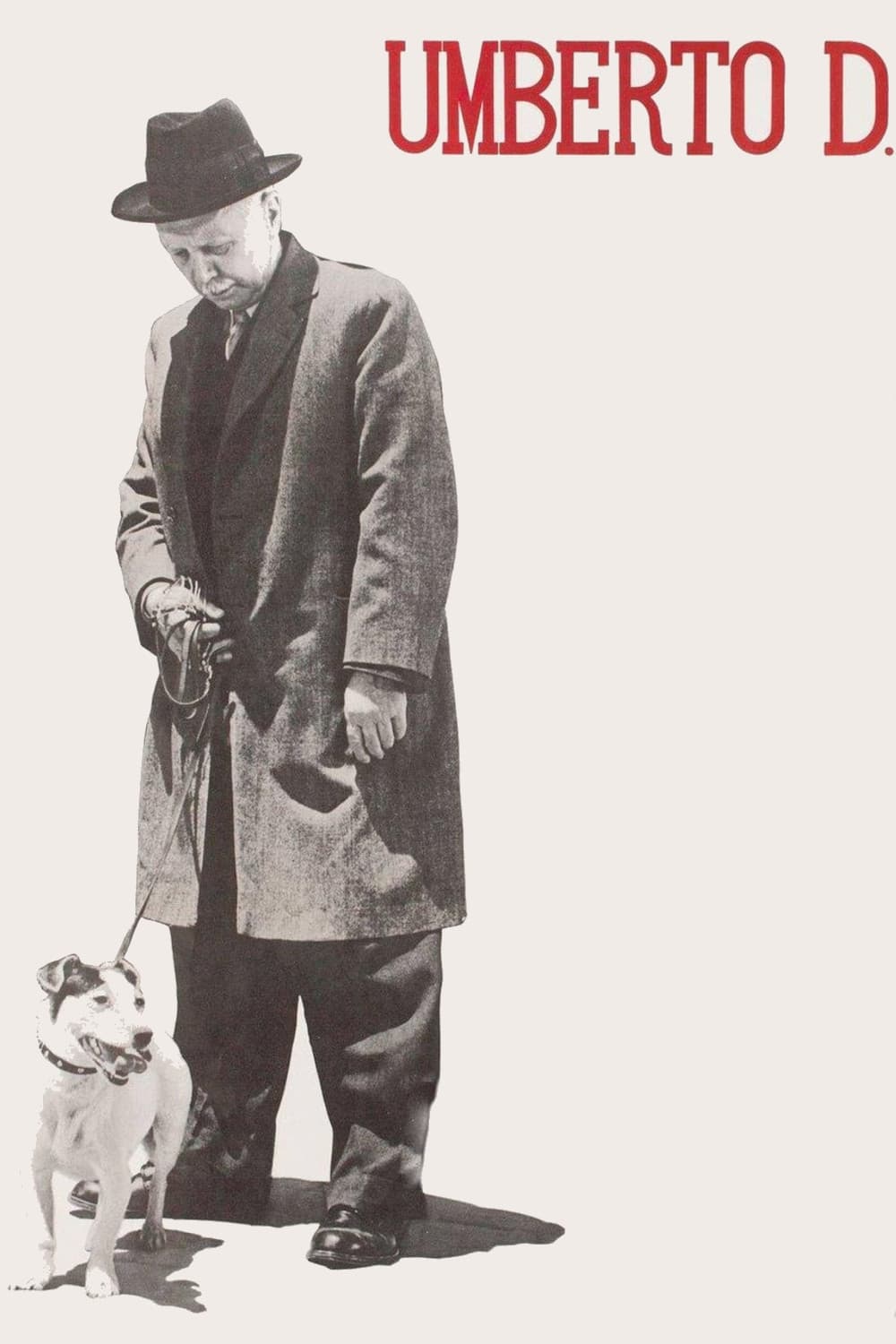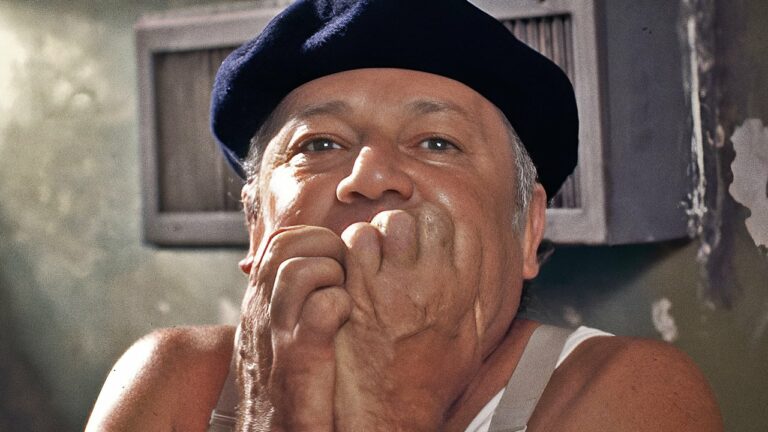
Umberto D. is a poignant and deeply humanistic film directed by Vittorio De Sica, one of the most influential figures of Italian neorealism. Released in 1952, this cinematic gem tells a profoundly simple yet evocative story of an elderly man’s struggle to maintain dignity and hope in a society indifferent to his plight. With its unflinching portrayal of post-World War II poverty and loneliness, Umberto D. has earned its place as a cornerstone of world cinema, leaving an indelible mark on both audiences and filmmakers alike.
The Story of Umberto Domenico Ferrari
At the heart of Umberto D. is the titular character, Umberto Domenico Ferrari, played with heartrending authenticity by non-professional actor Carlo Battisti. Umberto is a retired civil servant living in Rome on a meager pension that barely covers his rent. Struggling to make ends meet, he faces eviction from his uncaring landlady, who plans to convert his modest room into a more lucrative space.
The film chronicles Umberto’s quiet, desperate efforts to preserve his dignity and find a solution to his financial troubles. His only companion is his loyal dog, Flike, who serves as a source of unconditional love and emotional support. Through their bond, De Sica illustrates the profound human need for connection, even in the face of crushing isolation.
A Window into Italian Society
Umberto D. is more than just a story of one man’s struggle; it is a mirror reflecting the broader societal issues of postwar Italy. The film captures the pervasive poverty and social inequality of the time, offering a stark critique of a society that seems to have forgotten its most vulnerable members. Umberto’s plight resonates as a universal story of aging, economic insecurity, and the erosion of personal agency in a rapidly modernizing world.
De Sica’s neorealist approach enhances the film’s authenticity. By using real locations in Rome and casting non-professional actors, he creates an unvarnished depiction of everyday life. The absence of melodrama or overt sentimentality allows the audience to engage with the characters and their struggles on a deeply personal level.
The Power of Simplicity
What sets Umberto D. apart is its simplicity. The film eschews grand narratives or complex plotlines in favor of an intimate, slice-of-life portrayal of one man’s hardships. This simplicity is its strength, as it allows the audience to focus on the emotional nuances and moral dilemmas faced by the protagonist.
One of the film’s most poignant moments occurs when Umberto contemplates his own mortality, fearing that his death would leave Flike abandoned and helpless. This scene captures the quiet despair of a man pushed to the brink, underscoring the profound bond between human and animal. It is a testament to De Sica’s genius that such understated moments carry immense emotional weight, leaving an indelible impact on viewers.
Vittorio De Sica’s Vision
Vittorio De Sica, working in collaboration with screenwriter Cesare Zavattini, crafts a deeply humane and empathetic narrative in Umberto D.. De Sica’s direction is characterized by his ability to find beauty and meaning in the ordinary. His camera lingers on small, seemingly mundane details—a fleeting glance, a simple gesture—imbuing them with profound significance.
The film’s pacing is deliberate, reflecting the slow, solitary rhythm of Umberto’s life. De Sica avoids manipulative storytelling, allowing the events to unfold organically. This approach not only enhances the realism of the film but also invites the audience to experience Umberto’s world in an unfiltered and immersive way.
Themes of Dignity and Resilience
At its core, Umberto D. is a meditation on dignity and resilience in the face of adversity. Umberto’s determination to maintain his self-respect, even as he faces eviction and social neglect, is both heartbreaking and inspiring. His small acts of defiance—like attempting to sell his belongings to pay rent or refusing to beg on the street—are a testament to his unyielding spirit.
The film also explores themes of loneliness and human connection. Umberto’s relationship with Flike is a poignant reminder of the profound solace that companionship can bring. In a world that often feels cold and indifferent, this bond becomes a lifeline, offering moments of warmth and hope amid the bleakness.
The Legacy of Umberto D.
Umberto D. was initially met with mixed reactions. While it was acclaimed internationally, receiving an Academy Award nomination for Best Original Screenplay, it was criticized in Italy for its unflattering portrayal of postwar society. Some viewed it as an overly pessimistic film that failed to reflect the optimism of Italy’s economic recovery.
However, as time passed, Umberto D. came to be recognized as one of De Sica’s greatest achievements and a landmark of neorealist cinema. Its influence can be seen in the works of countless filmmakers, including Akira Kurosawa, Martin Scorsese, and Ken Loach. The film’s emphasis on small, human stories as a means of exploring larger societal issues has become a hallmark of socially conscious filmmaking.
A Timeless Classic
Decades after its release, Umberto D. continues to resonate with audiences around the world. Its themes of poverty, aging, and the search for dignity are as relevant today as they were in 1952. The film’s unflinching honesty and emotional depth ensure that it remains a timeless classic, a reminder of cinema’s power to illuminate the human condition.
In the end, Umberto D. is not just a film about one man’s struggle; it is a universal story of resilience, compassion, and the enduring need for connection. It is a masterpiece that speaks to the heart and soul, leaving an indelible impression on all who experience it.





